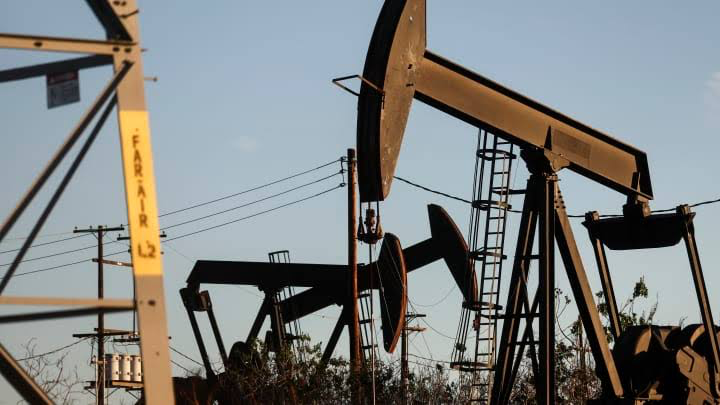China is building its strategic oil reserves with Russian crude oil. State-owned China National Offshore Oil Corporation (CNOOC), a major importer of Russian oil, has been stockpiling ESPO blend crude from Russia’s Far East at a newly launched reserve base in eastern China.
Building Reserves, Supporting Russia
The stockpiling, estimated at over 10 million barrels, comes as China seeks to strengthen its energy security. This move also supports Russia by absorbing its oil exports facing difficulties reaching other markets due to Western sanctions imposed following the Ukraine war.
While the stockpiled amount is less than China’s daily oil consumption, it solidifies Russia’s position as China’s top oil supplier. This comes as Russia’s sales to India, its second-largest oil client, have slowed down due to challenges related to payments and shipping caused by Western sanctions.
New Reserve Base Facilitates Stockpiling
CNOOC began storing Russian crude oil in November 2023 at its newly built 31.5 million-barrel storage facility in Dongying port, eastern China. The port’s new berths capable of handling large tankers facilitated the increased flow of Russian oil.
While the exact purpose of the stockpile – commercial or strategic reserve – remains unclear, industry insiders believe China is likely adding to its emergency oil reserves. This move aligns with the Chinese government’s emphasis on bolstering energy security.
China maintains secrecy regarding its strategic oil reserves, making it difficult to determine their exact size. Estimates from various sources vary significantly, with Vortexa placing them at 280 million barrels and Energy Aspects at 400 million barrels. The US Strategic Petroleum Reserve, for comparison, holds around 364 million barrels.
Russia’s Dominance in China’s Oil Imports
China’s overall oil imports from Russia, including via pipelines under long-term contracts, surged by a quarter in 2023 to a record 2.14 million barrels per day (bpd). This solidified Russia’s position as China’s leading oil supplier for the second consecutive year, surpassing Saudi Arabia’s 1.72 million bpd.
The 6.4 billion yuan ($885 million) tank farm in Dongying is a joint effort to “safeguard national energy security,” according to the Shandong provincial government. The facility’s location near CNOOC’s offshore oilfields offers additional benefits, allowing CNOOC to market its own production to nearby independent refineries.
Shifting Landscape of Oil Sales
With lower demand from India due to sanctions, China has become a more attractive market for Russian oil. Western sanctions have limited Russia’s ability to sell oil to many traditional customers.
China’s strategic move to stockpile Russian oil strengthens its energy security and aids Russia in navigating a challenging global oil market. The long-term implications of this shift in oil trade dynamics remain to be seen.
Source: Reuters



